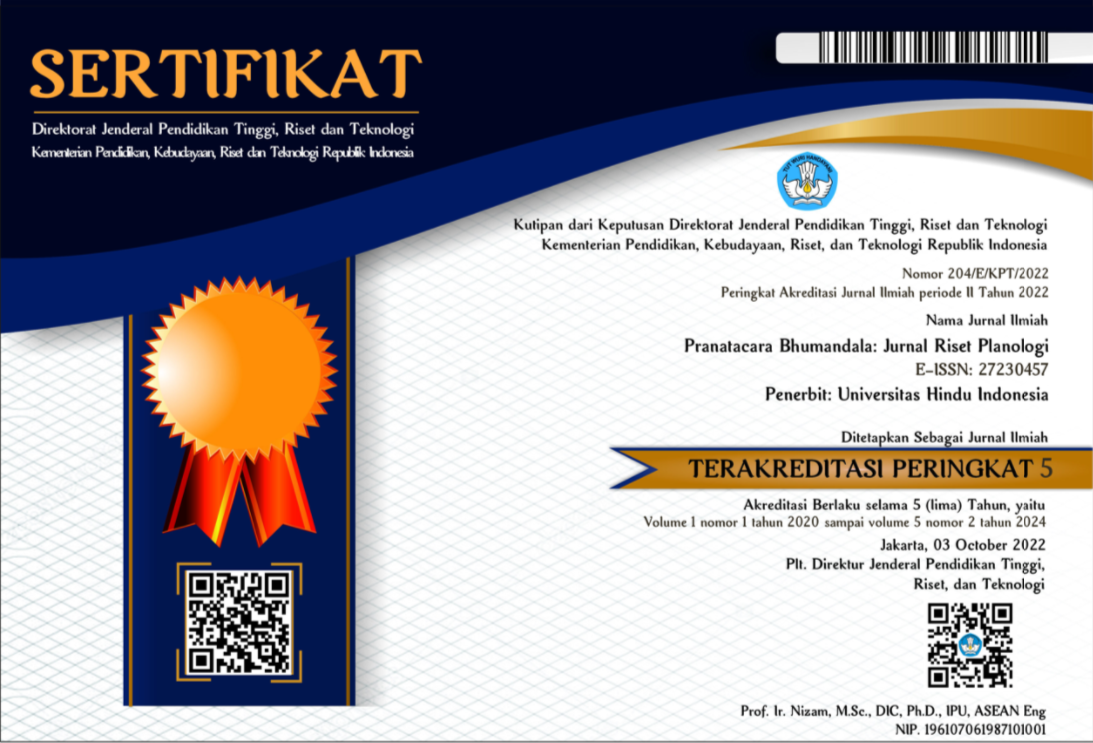VITALITAS PERKOTAAN DI KOTA SEMARANG: REKONSTRUKSI METODE JANE JACOBS
Abstract
Urban vitality is considered an important factor in promoting and improving the quality of life in cities. This study aims to reconstruct four important factors in Jane Jacobs' theory of urban life and vitality. Semarang City was chosen as the study area because it is believed to have all four important factors of urban vitality. To understand the current level of vitality in Semarang City, this research focuses on assessing the level of vitality using Jane Jacobs' hierarchical neighborhood approach. In this study, interesting innovations such as Geographic Information Systems (GIS), digital data, and spatial analysis are used to replace conventional data collection methods. The results of the analysis show that urban vitality in Semarang City is concentrated in the central area, extending towards the north and south. Additionally, the level of vitality in neighborhoods forms a cluster with high vitality in the center of Semarang City, while vitality tends to decrease towards the outskirts of the city. A relationship was also found between the degree of vitality (DoV) and urban vitality indicators, indicating a strong correlation between factors such as density of old buildings, low-rise buildings, and high population density with DoV. This research provides an important foundation for the government and stakeholders to make effective decisions in urban planning and development.










